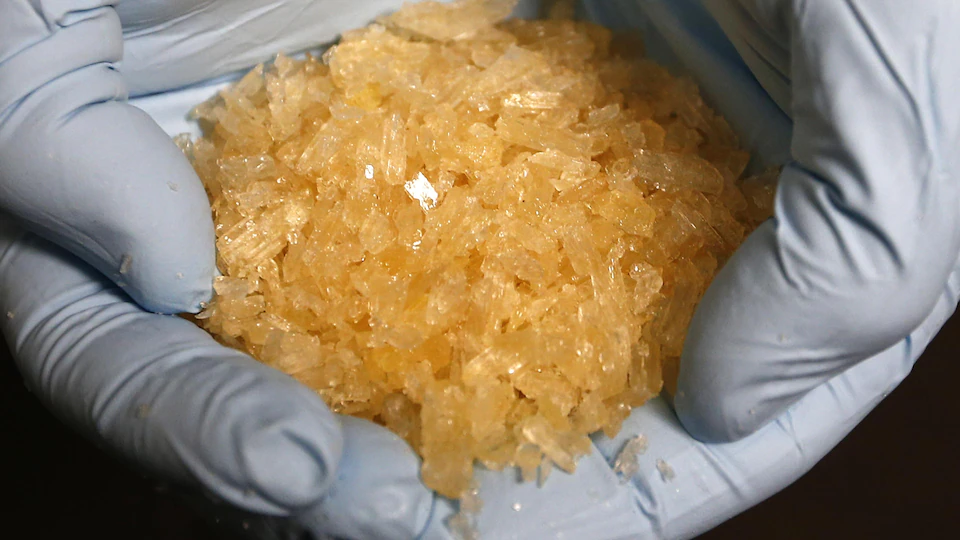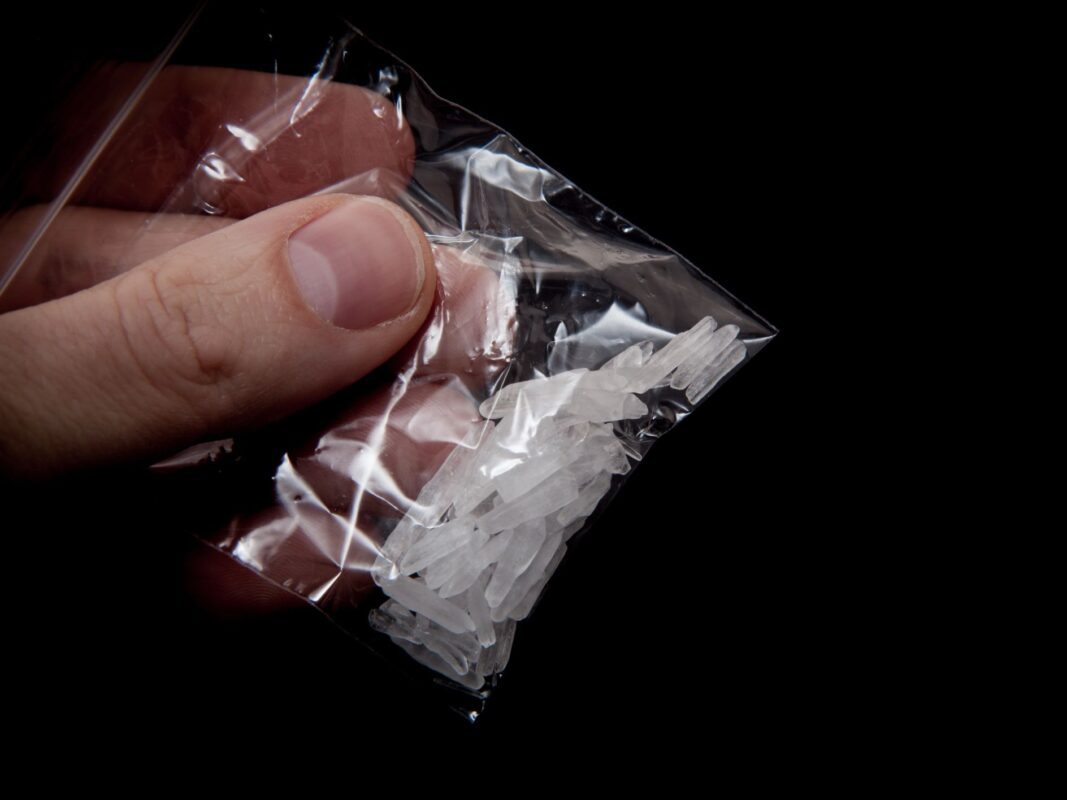What Is Methamphetamines(meth, crystal meth, crank)?
Methamphetamines (more commonly known by their street name, “meth,” “crystal meth,” and “crank”) is a powerful and addictive stimulant that can be smoked, snorted, eaten, or injected. Due to the psychoactive properties, false confidence, and sense of happiness, people who try methamphetamine quickly develop a desire to continue using. Some users state that they were hooked on meth after they try it once. While initially pleasurable, methamphetamine can destroy a person’s life by burning up the body’s resources and leaving the user with a dependence that is only relieved by using more of the drug.
Methamphetamine is the child of a drug class called amphetamines, both stimulants that can provide users with increased energy, intense desire to chat, and an overall sense of happiness. However, methamphetamines are different than amphetamines because much higher amounts of methamphetamines are able to reach the brain which increases the potency. Meth also gives users a longer and more sustained high which leads to damage to the central nervous system.
Medically, methamphetamine is a Schedule II stimulant with a high potential for abuse. Medical methamphetamine is used to treat narcolepsy and ADHD. Medical methamphetamine is prescribed at a far lower dose than the street version.

Illegal or street methamphetamine is often produced in makeshift laboratories by using over-the-counter, readily-available inexpensive materials. Over-the-counter cold remedies are usually used as a base and are then combined with chemicals like battery acid, drain cleaner, ammonia, and antifreeze. These chemicals are particularly dangerous and many who manufacture methamphetamines are burned or killed during production.
Like cocaine, methamphetamines are produced in two forms: a white powder or clear chunks of rocks. The rock form, crystal meth, is the most pure and potent form of methamphetamine. Crystal meth is commonly used as a “club drug” at raves and nightclubs and is often called “glass” or “ice.” Methamphetamines are often used in a binge and crash manner. This cycle can cause the user to be up for days smoking, snorting, or injecting the drug before crashing from the euphoric feelings. By the time the methamphetamine binge is over, the person has not eaten or slept in days.
The euphoric high experienced by methamphetamine users is caused by a surge of dopamine released into the brain. Over time methamphetamine use destroys dopamine receptors within the brain. This means that a chronic long-term methamphetamine user will not be able to feel pleasure without the use of methamphetamine. Research suggests that these pleasure centers can heal over time, however, the damage to the cognitive abilities of the user may be permanent.
Effects of meth addiction
As a parent who is addicted to methamphetamines:
- Child neglect
- Child abuse – both physical and sexual abuse
- Child endangerment, especially if cooking methamphetamines at home
Other effects:
- Depression
- Sexually transmitted diseases like HIV/AIDS
- Liver damage
- Lung damage
- Brain damage
- Kidney disease
- Cirrhosis
- Psychosis
- Legal consequences of risky behaviors
- Poor interpersonal relationships
- Unemployment
- Domestic violence
- Stroke
- Heart attack
- Seizures
- Death
What is heroin?
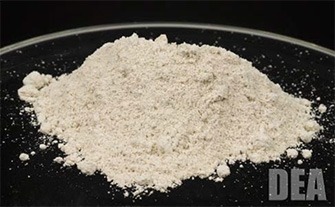
Heroin is an opioid drug made from morphine, a natural substance taken from the seed pod of the various opium poppy plants grown in Southeast and Southwest Asia, Mexico, and Colombia. Heroin can be a white or brown powder, or a black sticky substance known as black tar heroin.
How do people use heroin?
People inject, sniff, snort, or smoke heroin. Some people mix heroin with crack cocaine, a practice called speedballing.
What are the effects of heroin?
Heroin enters the brain rapidly and binds to opioid receptors on cells located in many areas, especially those involved in feelings of pain and pleasure and in controlling heart rate, sleeping, and breathing.
Prescription Opioids and Heroin
Prescription opioid pain medicines such as OxyContin® and Vicodin® have effects similar to heroin. Research suggests that misuse of these drugs may open the door to heroin use. Data from 2011 showed that an estimated 4 to 6 percent who misuse prescription opioids switch to heroin1-3 and about 80 percent of people who used heroin first misused prescription opioids.1-3 More recent data suggest that heroin is frequently the first opioid people use. In a study of those entering treatment for opioid use disorder, approximately one-third reported heroin as the first opioid they used regularly to get high.4
This suggests that prescription opioid misuse is just one factor leading to heroin use. Read more about this intertwined problem in our Prescription Opioids and Heroin Research Report.
Short-Term Effects
People who use heroin report feeling a “rush” (a surge of pleasure, or euphoria). However, there are other common effects, including:
- dry mouth
- warm flushing of the skin
- heavy feeling in the arms and legs
- nausea and vomiting
- severe itching
- clouded mental functioning
- going “on the nod,” a back-and-forth state of being conscious and semiconscious
Long-Term Effects
Injection Drug Use, HIV, and Hepatitis
People who inject drugs such as heroin are at high risk of contracting the HIV and hepatitis C (HCV) virus. These diseases are transmitted through contact with blood or other bodily fluids, which can occur when sharing needles or other injection drug use equipment. HCV is the most common bloodborne infection in the Unites States. HIV (and less often HCV) can also be contracted during unprotected sex, which drug use makes more likely.
Read more about the connection between heroin and these diseases in our Heroin Research Report.
People who use heroin over the long term may develop:
- insomnia
- collapsed veins for people who inject the drug
- damaged tissue inside the nose for people who sniff or snort it
- infection of the heart lining and valves
- abscesses (swollen tissue filled with pus)
- constipation and stomach cramping
- liver and kidney disease
- lung complications, including pneumonia
- mental disorders such as depression and antisocial personality disorder
- sexual dysfunction for men
- irregular menstrual cycles for women
Other Potential Effects
Heroin often contains additives, such as sugar, starch, or powdered milk, that can clog blood vessels leading to the lungs, liver, kidneys, or brain, causing permanent damage. Also, sharing drug injection equipment and having impaired judgment from drug use can increase the risk of contracting infectious diseases such as HIV and hepatitis (see “Injection Drug Use, HIV, and Hepatitis”).
Can a person overdose on heroin?
Yes, a person can overdose on heroin. A heroin overdose occurs when a person uses enough of the drug to produce a life-threatening reaction or death. Heroin overdoses have increased in recent years.
Learn more about heroin addiction treatment at Lakeview Behavioral Health Hospital in Atlanta, GA
Struggling with a heroin addiction can leave you feeling as though life is hopeless; that you’ll never recover. At our treatment center near Atlanta, Georgia, we understand your feelings and are ready to help you begin your journey into sobriety. We employ an expert staff composed of physicians, therapists, psychiatrists, nurses, technicians, licensed clinicians, and support staff who are ready to guide you on your journey. From the moment you decide to enter our heroin addiction treatment center near Atlanta, Georgia, you’ll know that you’ve made the right decision.
Heroin, which is derived from morphine, is a very dangerous, illegal, and addictive drug. It is the most commonly abused drug in the opioid class. While certain opioids, like morphine, are used in the management of medical conditions, heroin is not. In order to increase profits, people who deal heroin on the streets often cut the pure heroin with a number of other substances to change the purity level. These substances can include benign materials like baby formula or sugar, or toxic substances like rat poison. These additives make it impossible for a heroin user to know exactly what they are using and can greatly increase the likelihood of adverse effects.
People become addicted to heroin for many different reasons. Maybe you tried it because you wanted to know how it felt or you wanted to be cool. Maybe you use heroin to cope with the symptoms of another mental health disorder or to be able to relax. At Lakeview, we understand that addiction isn’t a character defect, it’s the result of many underlying problems. We’re here to explore those problems with you and come up with solutions that allow you to regain your life.
Heroin is a downer that causes feelings of ecstasy and relaxation for people who abuse it. While it can be smoked or snorted, most people who abuse heroin do so by injecting the heated substance into a vein using a needle. This causes the most intense high, usually occurring within seconds after injection. As with most substances of abuse, the longer heroin is used, the greater the likelihood that an addiction or dependence upon heroin will develop, keeping a user returning for more and larger amounts of the drug. Heroin quickly becomes the center of the addict’s universe.
Your life does not have to revolve around heroin. At Lakeview, we know that you can live a happy, sober, and productive life. Through our scientifically supported heroin addiction treatment center, you’ll discover strengths hidden deep within you as our caring staff begins to unravel the reasons behind your addiction, any co-occurring disorders, and underlying problems you may face. We recognize that you’re more than your addiction and through our unwavering support, you will learn the tools you need to get clean. We’ll be beside you every step of the way.
It’s time to kick the heroin once and for all. Let us help you reclaim your life.
What is cocaine?
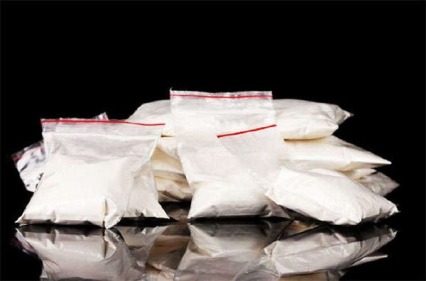
Cocaine is a powerfully addictive stimulant drug made from the leaves of the coca plant native to South America. Although health care providers can use it for valid medical purposes, such as local anesthesia for some surgeries, recreational cocaine use is illegal. As a street drug, cocaine looks like a fine, white, crystal powder. Street dealers often mix it with things like cornstarch, talcum powder, or flour to increase profits. They may also mix it with other drugs such as the stimulant amphetamine, or synthetic opioids, including fentanyl. Adding synthetic opioids to cocaine is especially risky when people using cocaine don’t realize it contains this dangerous additive. Increasing numbers of overdose deaths among cocaine users might be related to this tampered cocaine.
How do people use cocaine?
People snort cocaine powder through the nose, or they rub it into their gums. Others dissolve the powder and inject it into the bloodstream. Some people inject a combination of cocaine and heroin, called a Speedball.
Another popular method of use is to smoke cocaine that has been processed to make a rock crystal (also called “freebase cocaine”). The crystal is heated to produce vapors that are inhaled into the lungs. This form of cocaine is called Crack, which refers to the crackling sound of the rock as it’s heated. Some people also smoke Crack by sprinkling it on marijuana or tobacco, and smoke it like a cigarette.
People who use cocaine often take it in binges—taking the drug repeatedly within a short time, at increasingly higher doses—to maintain their high.
How does cocaine affect the brain?
Cocaine increases levels of the natural chemical messenger dopamine in brain circuits related to the control of movement and reward.
Normally, dopamine recycles back into the cell that released it, shutting off the signal between nerve cells. However, cocaine prevents dopamine from being recycled, causing large amounts to build up in the space between two nerve cells, stopping their normal communication. This flood of dopamine in the brain’s reward circuit strongly reinforces drug-taking behaviors. With continued drug use, the reward circuit may adapt, becoming less sensitive to the drug. As a result, people take stronger and more frequent doses in an attempt to feel the same high, and to obtain relief from withdrawal.
Short-Term Effects
Short-term health effects of cocaine include:
- extreme happiness and energy
- mental alertness
- hypersensitivity to sight, sound, and touch
- irritability
- paranoia—extreme and unreasonable distrust of others
Some people find that cocaine helps them perform simple physical and mental tasks more quickly, although others experience the opposite effect. Large amounts of cocaine can lead to bizarre, unpredictable, and violent behavior.
Cocaine’s effects appear almost immediately and disappear within a few minutes to an hour. How long the effects last and how intense they are depend on the method of use. Injecting or smoking cocaine produces a quicker and stronger but shorter-lasting high than snorting. The high from snorting cocaine may last 15 to 30 minutes. The high from smoking may last 5 to 10 minutes.
What are the other health effects of cocaine use?
Other health effects of cocaine use include:
- constricted blood vessels
- dilated pupils
- nausea
- raised body temperature and blood pressure
- fast or irregular heartbeat
- tremors and muscle twitches
- restlessness
Long-Term Effects
Some long-term health effects of cocaine depend on the method of use and include the following:
- snorting: loss of smell, nosebleeds, frequent runny nose, and problems with swallowing
- smoking: cough, asthma, respiratory distress, and higher risk of infections like pneumonia
- consuming by mouth: severe bowel decay from reduced blood flow
- needle injection: higher risk for contracting HIV, hepatitis C, and other bloodborne diseases, skin or soft tissue infections, as well as scarring or collapsed veins
However, even people involved with non-needle cocaine use place themselves at a risk for HIV because cocaine impairs judgment, which can lead to risky sexual behavior with infected partners (see “Cocaine, HIV, and Hepatitis” textbox).
What is fentanyl?
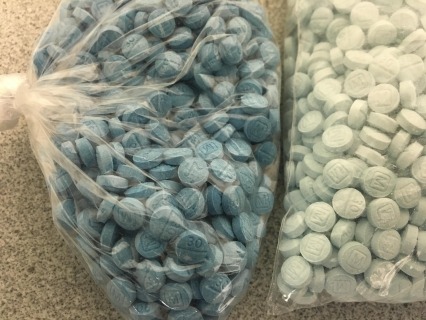
Fentanyl is a powerful synthetic opioid that is similar to morphine but is 50 to 100 times more potent.1,2 It is a prescription drug that is also made and used illegally. Like morphine, it is a medicine that is typically used to treat patients with severe pain, especially after surgery.3 It is also sometimes used to treat patients with chronic pain who are physically tolerant to other opioids.4 Tolerance occurs when you need a higher and/or more frequent amount of a drug to get the desired effects.
In its prescription form, fentanyl is known by such names as Actiq®, Duragesic®, and Sublimaze®.4,5
Synthetic opioids, including fentanyl, are now the most common drugs involved in drug overdose deaths in the United States. In 2017, 59.8 percent of opioid-related deaths involved fentanyl compared to 14.3 percent in 2010.
What are Opioids?
Opioids are a class of drugs naturally found in the opium poppy plant. Some opioids are made from the plant directly, and others, like fentanyl, are made by scientists in labs using the same chemical structure (semi-synthetic or synthetic).
How do people use fentanyl?
When prescribed by a doctor, fentanyl can be given as a shot, a patch that is put on a person’s skin, or as lozenges that are sucked like cough drops.6
The illegally used fentanyl most often associated with recent overdoses is made in labs. This synthetic fentanyl is sold illegally as a powder, dropped onto blotter paper, put in eye droppers and nasal sprays, or made into pills that look like other prescription opioids.7
Some drug dealers are mixing fentanyl with other drugs, such as heroin, cocaine, methamphetamine, and MDMA. This is because it takes very little to produce a high with fentanyl, making it a cheaper option. This is especially risky when people taking drugs don’t realize they might contain fentanyl as a cheap but dangerous additive. They might be taking stronger opioids than their bodies are used to and can be more likely to overdose. To learn more about the mixture of fentanyl into other drugs, visit the Drug Enforcement Administration’s Drug Facts on fentanyl.
How does fentanyl affect the brain?
Like heroin, morphine, and other opioid drugs, fentanyl works by binding to the body’s opioid receptors, which are found in areas of the brain that control pain and emotions.8 After taking opioids many times, the brain adapts to the drug, diminishing its sensitivity, making it hard to feel pleasure from anything besides the drug. When people become addicted, drug seeking and drug use take over their lives.
Fentanyl’s effects include
- extreme happiness
- drowsiness
- nausea
- confusion
- constipation
- sedation
- problems breathing
- unconsciousness
Can you overdose on fentanyl?
Yes, a person can overdose on fentanyl. An overdose occurs when a drug produces serious adverse effects and life-threatening symptoms. When people overdose on fentanyl, their breathing can slow or stop. This can decrease the amount of oxygen that reaches the brain, a condition called hypoxia. Hypoxia can lead to a coma and permanent brain damage, and even death.
How can a fentanyl overdose be treated?
As mentioned above, many drug dealers mix the cheaper fentanyl with other drugs like heroin, cocaine, MDMA and methamphetamine to increase their profits, making it often difficult to know which drug is causing the overdose. Naloxone is a medicine that can treat a fentanyl overdose when given right away. It works by rapidly binding to opioid receptors and blocking the effects of opioid drugs. But fentanyl is stronger than other opioid drugs like morphine and might require multiple doses of naloxone.
Because of this, if you suspect someone has overdosed, the most important step to take is to call 911 so they can receive immediate medical attention. Once medical personnel arrive, they will administer naloxone if they suspect an opioid drug is involved.

